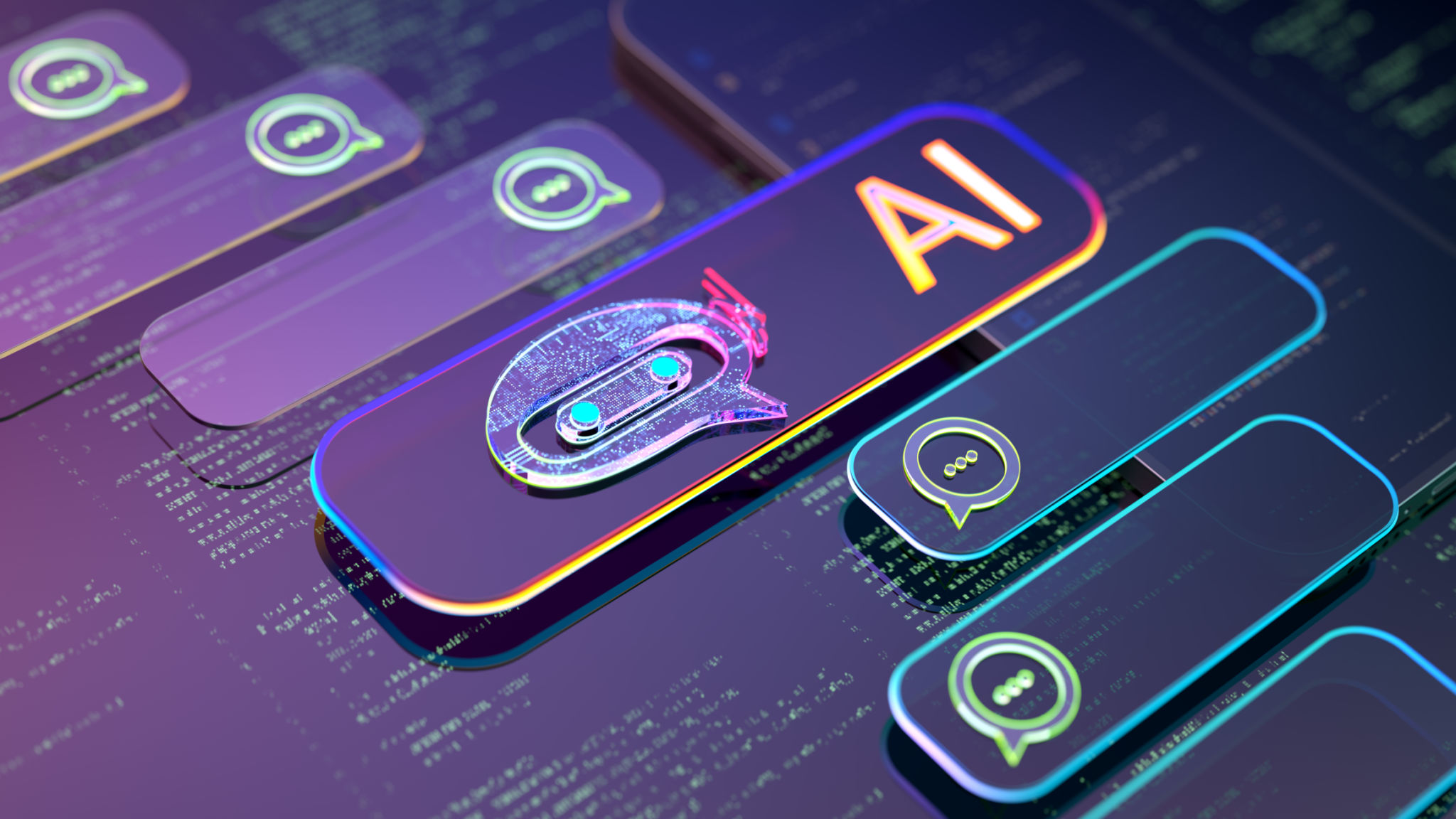A Guide to Setting Up AI Chatbots for Your Business Without Coding
Understanding AI Chatbots
AI chatbots have become increasingly popular as businesses strive to improve customer service and automate responses. These intelligent tools can handle various tasks, from answering frequently asked questions to guiding potential customers through sales processes. The best part? You don't need to be a coding expert to set one up for your business.
With user-friendly platforms and intuitive interfaces, creating a chatbot has never been easier. Whether you're a small business owner or part of a larger team, you can leverage AI chatbots to enhance customer interaction and streamline operations.

Choosing the Right Platform
The first step in setting up an AI chatbot is choosing the right platform. Many platforms offer no-code solutions, making it accessible for anyone to build and deploy a chatbot. Consider factors such as ease of use, customization options, and integration capabilities with your existing systems.
Popular platforms include Chatfuel, ManyChat, and Tars. These platforms provide drag-and-drop interfaces, pre-built templates, and seamless integration with social media and messaging apps, facilitating a smooth setup process.
Key Features to Look For
When selecting a platform, pay attention to features that align with your business needs. Look for capabilities like natural language processing (NLP), automated workflows, and analytics. These features will ensure your chatbot is not only functional but also capable of delivering a personalized customer experience.

Designing Your Chatbot
Once you've chosen a platform, it's time to design your chatbot. Start by outlining the conversation flow. Identify common queries from your customers and decide how the chatbot should respond. Creating a clear map of interactions will help ensure a smooth user experience.
Customization is key to making your chatbot feel like part of your brand. Use your brand's voice and tone when writing responses. Many platforms allow you to customize the appearance of the chatbot widget, so take advantage of these options to maintain brand consistency.
Testing and Iteration
Before launching your chatbot, conduct thorough testing to ensure it functions as expected. Test different scenarios and interactions to identify any issues or improvements needed. It’s essential to iterate based on feedback and analytics to refine the bot's performance over time.

Integrating with Existing Systems
One of the strengths of AI chatbots is their ability to integrate with existing business systems. Whether it's your CRM, email marketing platform, or e-commerce site, integration allows the chatbot to provide more personalized and efficient service.
Many platforms offer plugins or APIs that facilitate these integrations. Ensure that the integration process is straightforward and doesn't require complex coding skills.
Monitoring and Optimization
After launch, continuously monitor your chatbot's performance through analytics provided by the platform. Pay attention to metrics like response time, user satisfaction, and engagement rates. Use this data to optimize responses and workflows, ensuring your chatbot remains effective and valuable to your business.
In conclusion, setting up an AI chatbot without coding is an achievable goal for any business. By selecting the right platform, designing thoughtfully, and leveraging integrations, you can create a powerful tool that enhances customer experience and operational efficiency.
